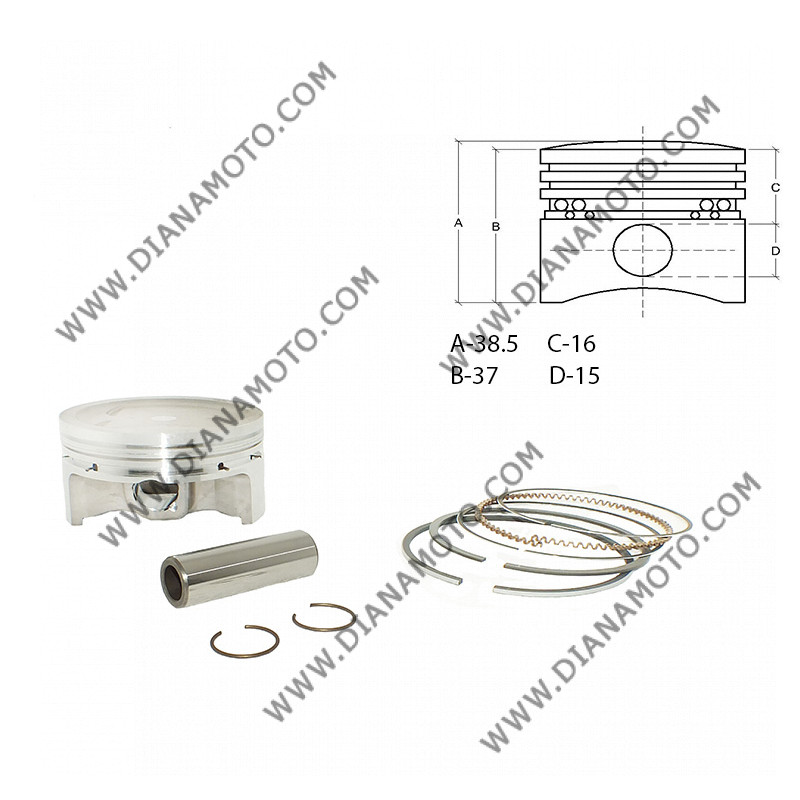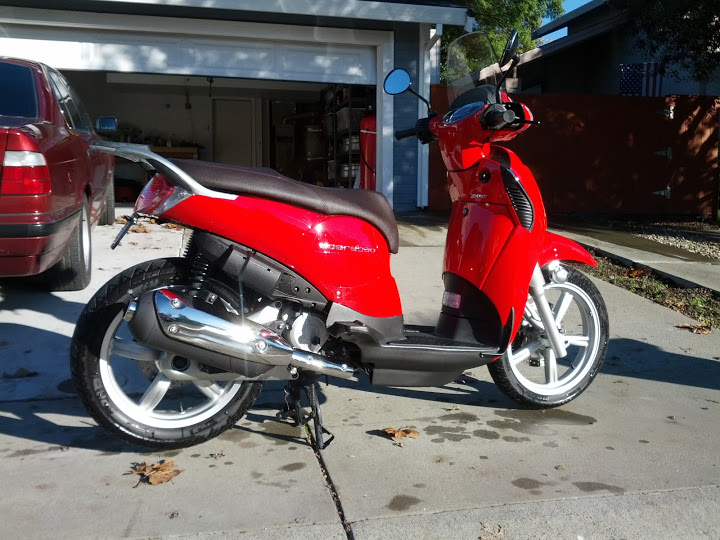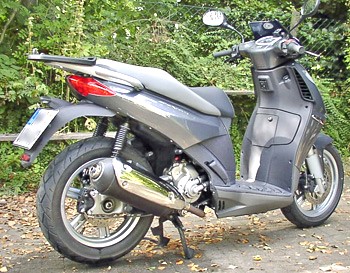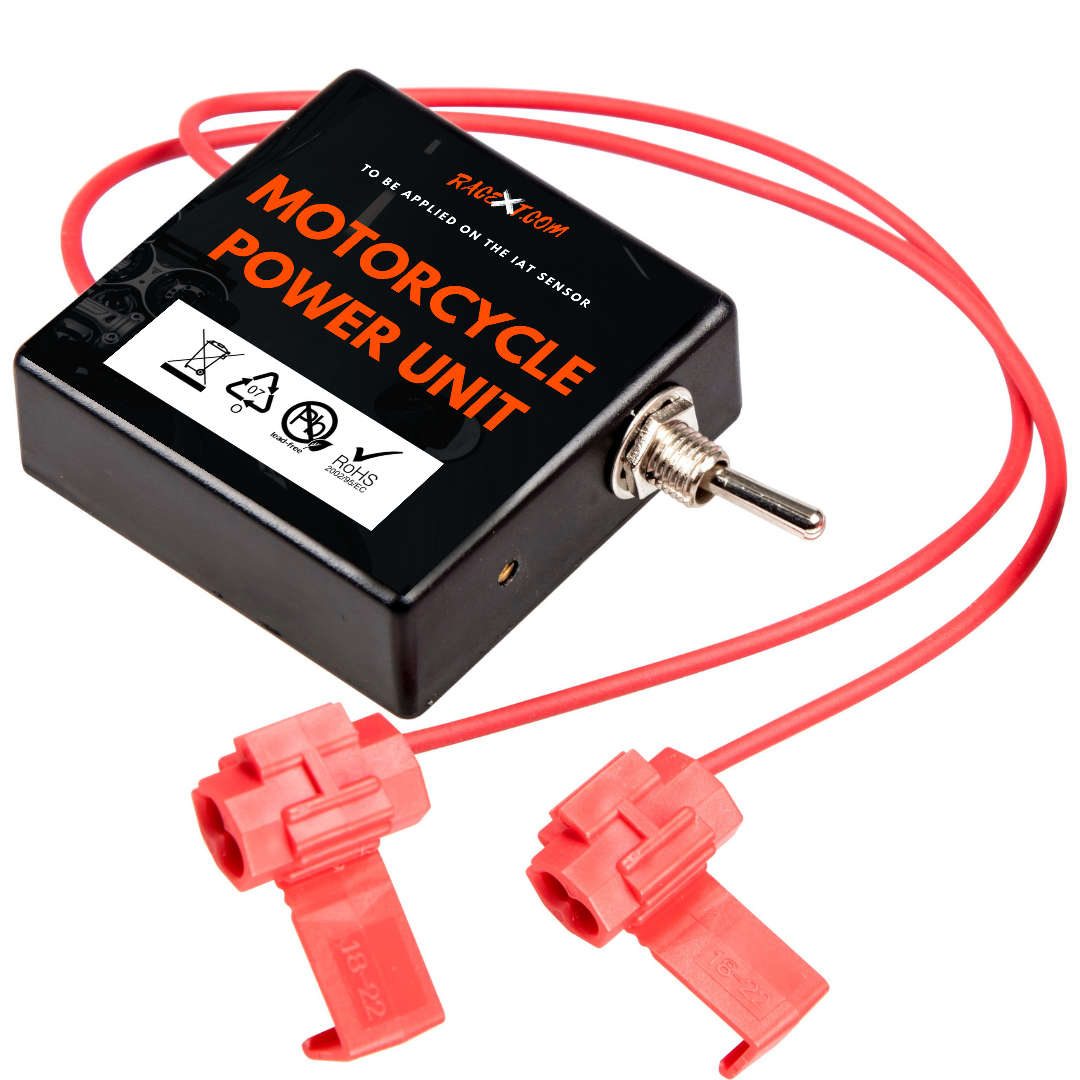
GPR exhaust compatible with Aprilia Sportcity 200 2005-2007, Evo4 Road, Slip-on exhaust including removable db killer and link pipe - GPR σσ Born to Run™ σσ Made in Italy

Polini Tuning Variomatik Maxi Hi-Speed Control for Gilera Runner VXR 180 200 : Amazon.nl: Automotive

Original Ersatzteile Aprilia Sport City Cube 125-200 E3 2008-2010 (EMEA) - EasyParts-RollerTeile.de - Mofa, Roller, Ersatzteile und Zubehör


























